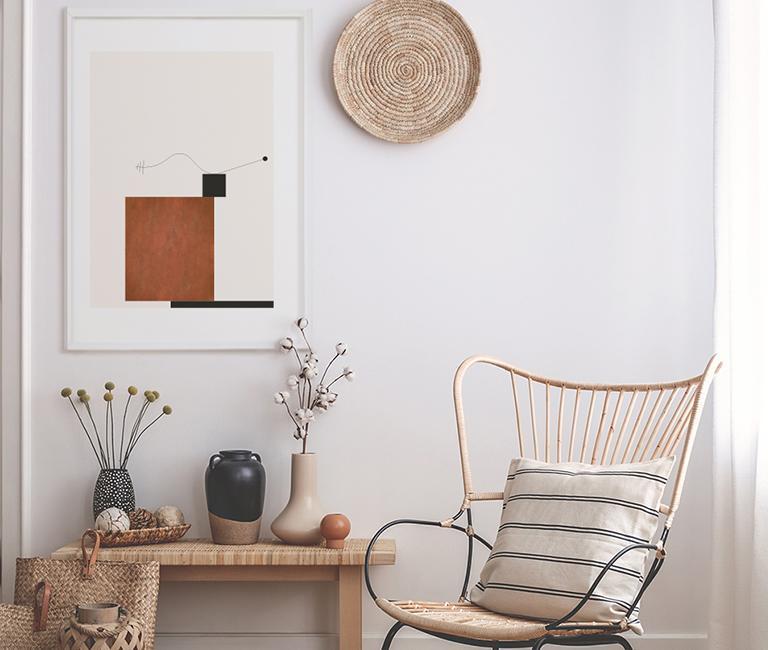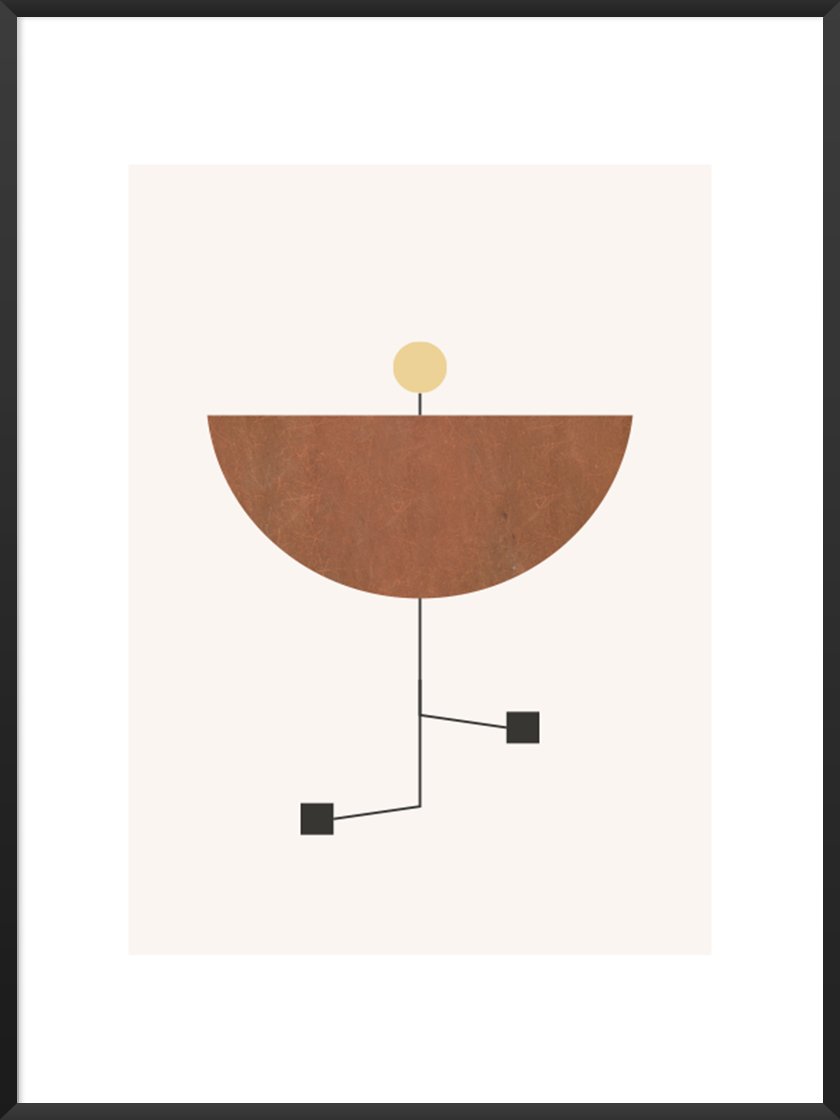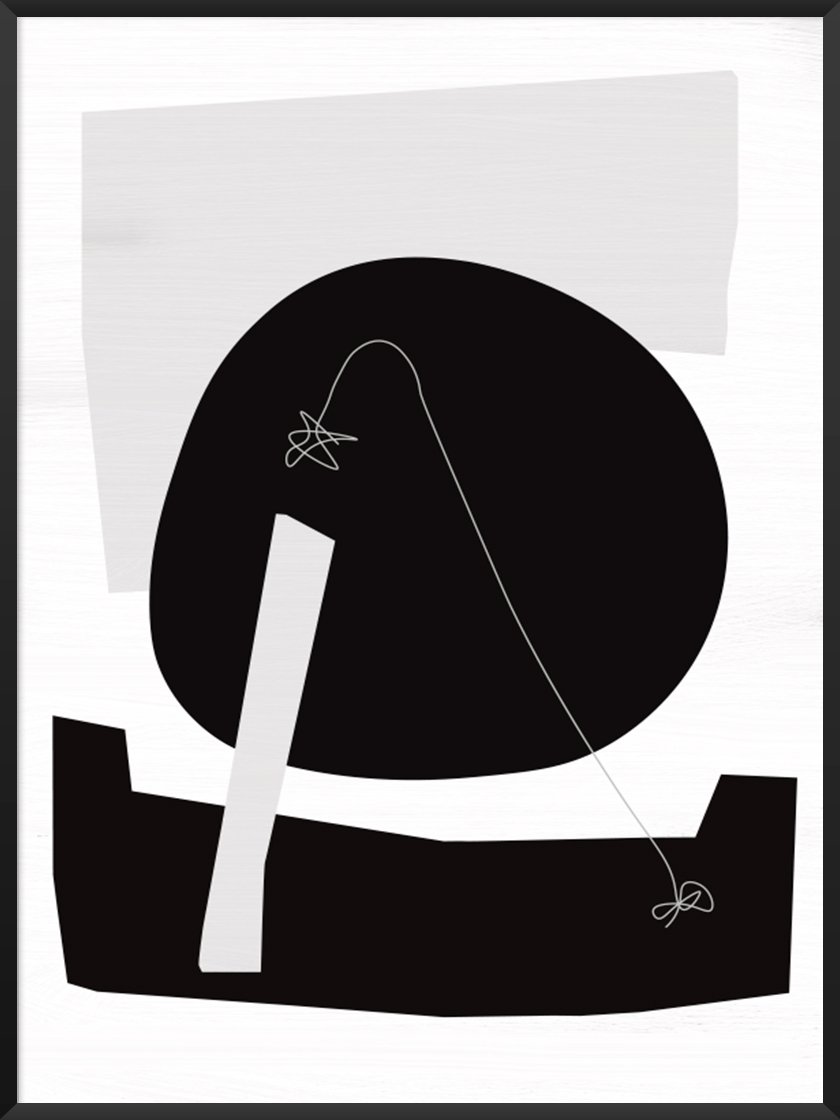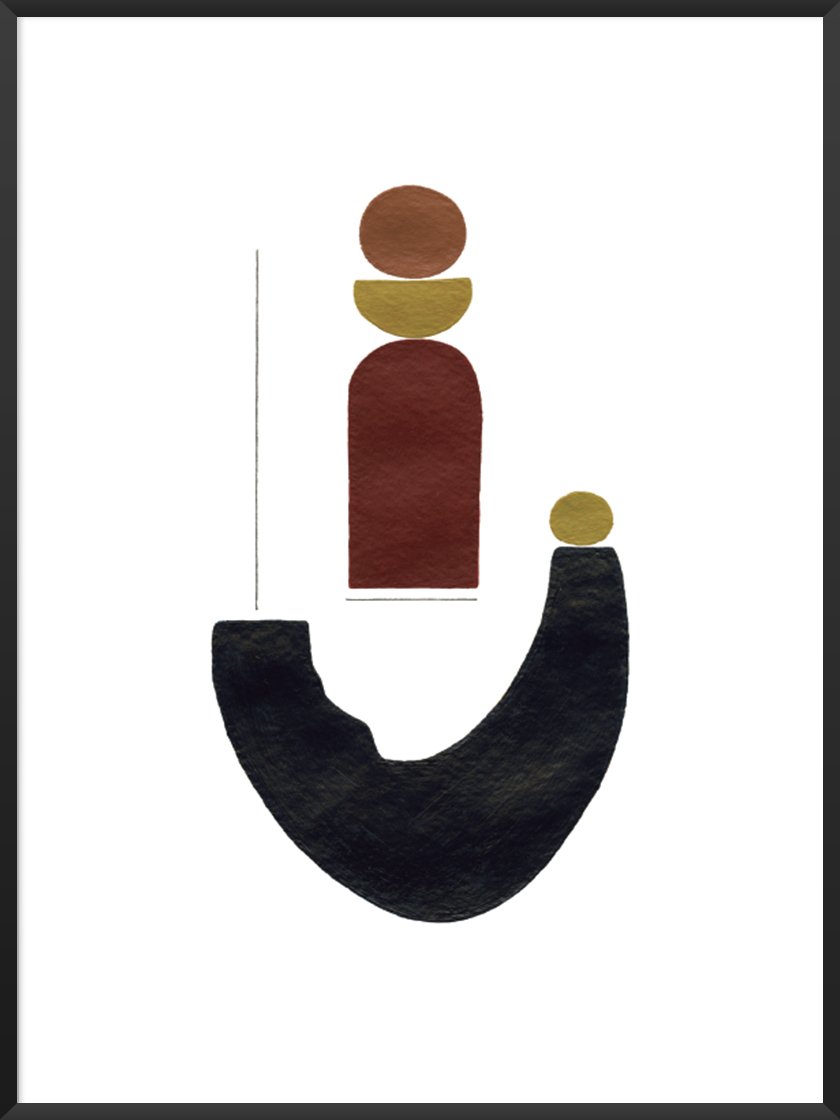What is Japandi? A Look at an Exciting Interior Trend!
Have you heard of the latest home decor craze, Japandi? It’s the perfect mix between two major interior design movements. Can you think which ones?
If you’re stuck, then look no further. This article will tell you everything you need to know about your favourite future style! We’ll also give you practical tips on how to introduce Japandi in your home. And, that includes a special selection of Project Nord posters which fit the style perfectly. Just take a look!
Take a look at our beautiful Balance Poster, perfect for Japandi interiors!
Where did Japandi style come from?
As you may have guessed from the name, Japandi is a hybrid of two major design movements - Scandinavian and Japanese.
Although these movements grew from opposite sides of the world, they have a lot in common. In fact, it only seems natural that someone thought to put them together! This style was conceived of in 2017, but is still a major trend today! So, get in the know!
To start understanding Japandi, let’s begin by taking a look at each movement separately.
Scandinavian Style
Scandinavia cultivated its unique approach to design back in the 1950s. After the world wars, there was a growing need for tasteful furniture that the masses could afford. As technology advanced, there was also a growing pull towards the outdoors. In reaction, Scandinavian interiors brought nature inside! That’s why they feature beautiful, wooden floors, lots of natural light, and other natural materials like leathers. All in all, Scandi interiors feel calm, neutral, functional, and easy to relax in. That sounds good to us!
It’s remarkable that a collection of countries with such small populations made a global impact. How did the rest of the world get in on it, I hear you ask? Well, in 1954, a woman named Elizabeth Gorden arrange a travelling exhibition called ‘Design in Scandinavia’. She took the countries’ best designs and toured them around the US and Canada. After returning in 1957, Scandi design had earned international acclaim!
In the years since, Scandinavian design has ebbed in and out of popularity. But, with a growing interest in sustainability and ethical interior choices, it looks like Scandi interior design is here to stay!
Japanese Style
Japanese interior style has followed the same guidelines for centuries. It’s timeless, elegant, and instantly-recognisable.
Many of the features in Japanese homes refer to zen philosophy. Although zen started as part of Buddhism, its key teachings have been absorbed into everyday life in Japan. In general, it teaches us to accept simplicity as a means of enlightenment. This concept is beautifully reflected in Japanese interior design.
So, what exactly does Japanese style look like? Here are some features to jog your memory;
Showing respect to nature by using natural materials like stained woods.
No over decoration, which includes only using necessary furniture.
Multifunctional spaces transformed by moving furniture, such as screens.
In each of these features, you can see the influence from zen. The interior space is made to be somewhere peaceful and calming.
What are the features of Japandi Interiors?
So, where do these great design movements meet? Here are the major features of Japandi interiors. Try them out in your home!
Spaces are driven by function
There’s no superfluous decoration here! Both Japanese and Scandinavian interiors believe that each piece should have a purpose of its own. Naturally, this concept follows through to Japandi style. Each item, whether it be practical or decorative, should have a clear use. So, get rid of those strange little ornaments you’ve collected over the years. If they don’t have a function, you’re better off without them!Each influence brings a different approach to colour
Nordic design favours neutral tones and natural wood. Japanese goes richer, incorporating stained wood and accents of black and red. Japandi style meshes them both together. The mix of influences creates something quite unique! Try pairing neutral tones on your walls with stained wood furniture. This mix of old and new will look striking!Natural materials are king
Although both styles use wood, they use it differently. In Japanese interiors, wood is often stained, made to look slick, and perhaps cut into swooping shapes. On the other hand, Scandinavian-influenced interiors have a more rustic approach. They may leave the wood as it is, letting the natural marble shine! So, chose furniture pieces from both styles and put them together. It may take a bit of adjustment to get the balance just right, but it really is worth it!Decorative items are always practical
The decoration each style chooses may look different, but they’re both driven by purpose. In Scandinavian interiors, accent pieces also tend to add comfort. Think cosy blankets and warm rugs. In Japanese interiors, the accents tend to be vases and screens, items with practical uses. In a Japandi room, therefore, do a mix of both, but make sure not to overpopulate in the process.
Which Project Nord posters fit the bill?
Here’s a selection of Project Nord posters which we believe would compliment a Japandi interior perfectly.
Notice that these pieces have the perfect balance between decoration and negative space. They also feature rich and neutral colours together. And, each of the designs are timeless. That’s Japandi for you!
There’s your tour of Japandi style! We’re really excited about this new trend here at Project Nord. So, if you create any Japandi interiors of your own, why not tag Project Nord on Instagram using the tag @project.nord? We can’t wait to see what you come up with.
Written by Jessica Slater
Images sourced from Pintrest and the Project Nord website.








